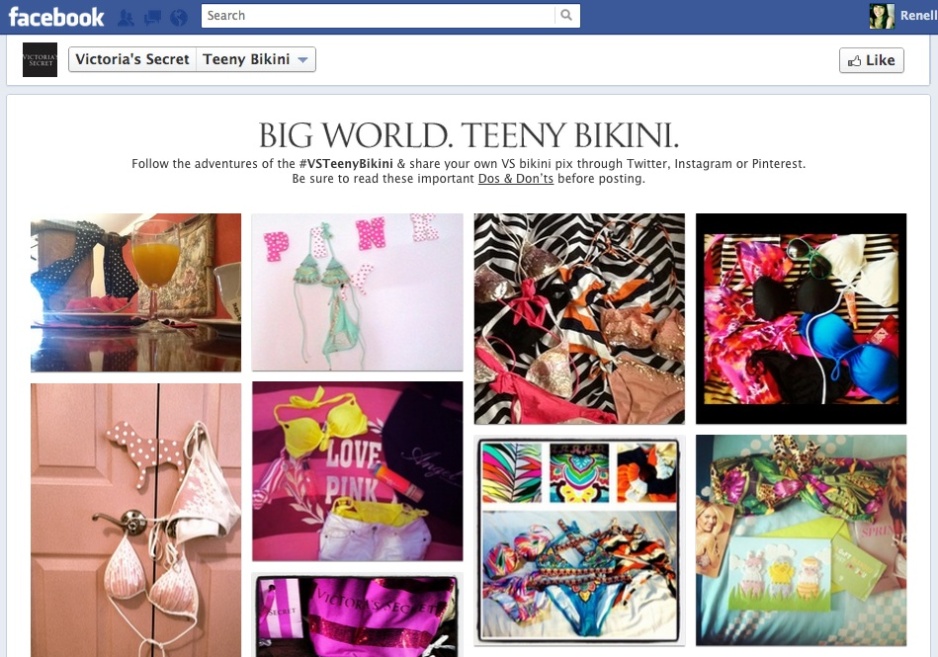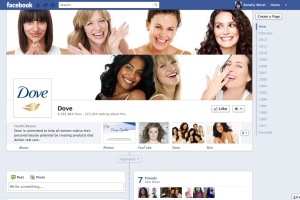During my career in digital marketing and community management I’ve manage to meet (digitally and in real life) some great people in the industry. A few of these great people took some time out of their busy schedules to answer some questions to give you guys some insight on how they got where they are now. Enjoy and be sure check them out on Twitter.
Hamza Aziz – Director of Communications for Destructoid.com and all around badass shark. (San Francisco)

Hamza Director of Communications
How long have you been in the industry and how did you get into Community Management?
I’ve been a community manager for five years now, and sort of fell into the role more so than trained/went to school for it.
What’s your advice for would be Community Managers or people new to the role?
Have patience and thick skin. People, especially with the internet, expect everything right away and get easily upset when things don’t go their way.
What is the most challenging part of your job?
The most challenging aspect of being a community manager is the veil that has to be put up between the community and the product. There’s a set plan in place for getting the info out there, and at the same time the community wants to know everything all at once. There has to be a balance put in place to help get the message across, and keep people satisfied until the product is released. Fans can have a rather ravenous attitude towards something, and tend not to understand why they can’t know and experience everything all at once, thus causing anger and frustration.
What do you love about your job?
Just interacting with the community. Showing them their voice matters, we’re hearing them, working with them to make the experience better.
Where do you see the role in 5-10 years?
Hopefully relevant to every company, especially those that want to embrace the ease and direct social interaction the internet provides.
Kirstin Reilly – Senior Community Manager at Meteor Entertainment (Seattle)
What’s your background and how did you get into the industry?

Kristin Senior Community Manager
My education has absolutely nothing to do with what I do. My classical education is biology – specifically nursing. All my experience that lead to my being a Community Manager has come from volunteer experience. I started volunteering with online moderation at the age of 14 as well as being active in multiple online communities related to video games. Exhibiting consistent behavior across multiple communities helped set myself apart from the pack.
What’s your advice to would be Community Managers or people new to the role?
My biggest advice to people is to NEVER ignore a potential network contact. When you trace my path back, ultimately I got my break into the industry because I replied to a random myspace message – one that I very nearly DIDN’T reply too. You never know where anyone is going to end up and when they may remember you. Always be cordial.
What is the most challenging part of your job?
The largest challenge I encounter in a community management role is managers who don’t understand community. They’re used to getting metrics from some teams, we sold X numbers of units, we had X numbers of unique hits this month, community is harder to gauge. You can try to use sentiment and reach and virility, but it’s extremely hard to measure community impact when it’s being done right. When it’s being done wrong – it’s GLARINGLY obvious. It’s very hard to measure and put into a report.
What do you love most about your job?
I love being able to interact with the community, take their needs and wants to the development team, and watch improvements be rolled out to the users.
Where do you see the role in 5-10 years?
The community manager role is still be fleshed out. Hopefully in 5-10 years we’re able to have more standard qualifications for the title community manager, and have figured out a great way to measure success – other than going oh crap our forums/social networks are on fire we must have done something wrong.
Adam Corney – Account Director at DTDigital and Business Lead at MiniMega (Melbourne, VIC)

Adam Corney Account Director
What is your background and experience?
I’m coming at this from an account director/strategist perspective, and a commercial eye. I’ve got a bachelor’s in marketing/advertising, an internship with Seth Godin, and 4 years experience in agencyland. I’ve never run a community myself, but have worked with good people and know what I’m looking for.
What advice would you give to people new and current in your industry?
Focus on return on investment & return on attention.
ROI is important because you have to be able to justify financial investment. If you can’t provide clear links between revenue and performance, then at least be able to point out the cost of running your community, and then relate it to the next point – return on attention.
ROA is the fluffiness. What value have you provided to the community in exchange for their attention? Are you just doing insipid little “Click like if you enjoy pizza!” or depth/value of some description. That way, you can justify “The community has cost you $75k this year, but we’ve delivered 400 pieces of intense value and retention/growth rates of xxx”.
Always be measuring your metrics. They’re how your justify your successes and learn from your failures.
Finding people who understand the love-hate nature of a community. You always want perfection in both yourself and your members, but sometimes you just gotta work hard to get it to the way you want. It’s important to share that vision with your core community members too – this isn’t a lone wolf job
What do you love about your job?
How rewarding it can be when people understand why they’re engaged with what you do.
Where do you see the role going in 5-10 years?
I see it morphing from a text-based medium into a visual communication. The language of digital and the internet is evolving to a visual language, which transcends cultures more easily than written language. Communicating emotions/directions with visuals is going to be key to moving forward in CM. So upskill in photoshop, whore yourself around Reddit, understand imgur/tumblr/etc, and then start implementing those practices into your work.
Oh, and read feverbee.com. Rich is a freakin’ genius.
Special thanks to all of the industry folks mentioned in this blog.
Got any questions, comments, or thought? Comment below!
Renelly Morel












